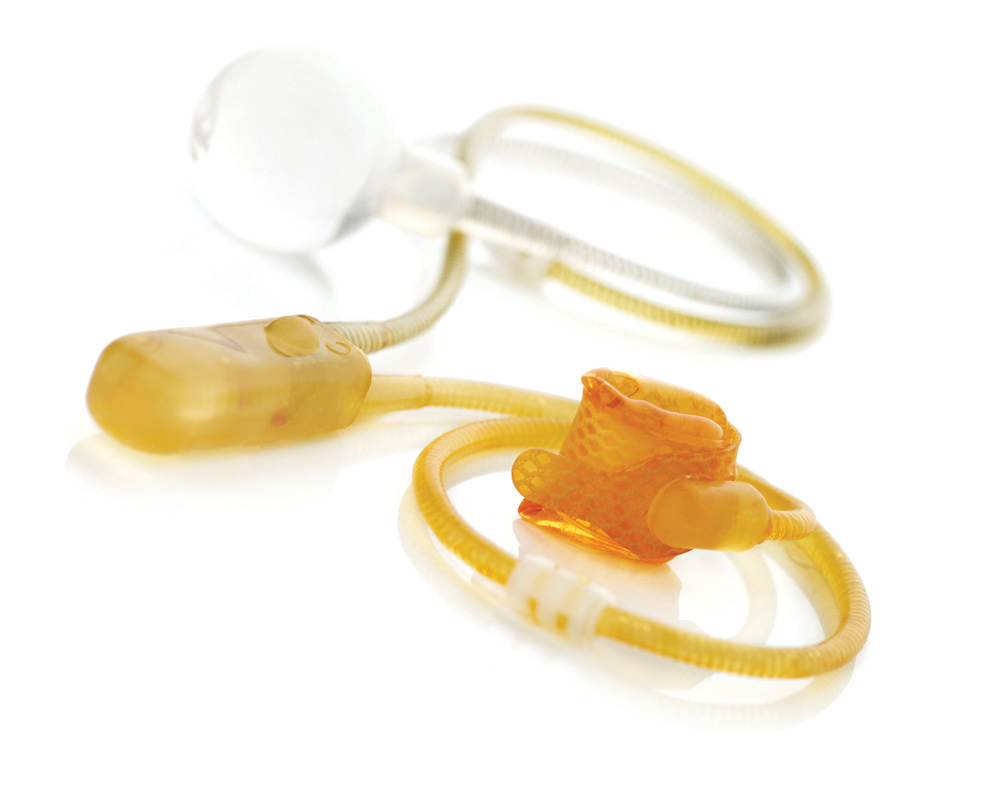One in seven Australian men will be diagnosed with prostate cancer in their lifetime. Early diagnosis is associated with prolonged survival – with treatment 95% will live at least five years, and in younger men 30 years or more. Curative treatment with surgery (radical prostatectomy (RP) and radiotherapy (RT)) is effective, but side effects are common and with major impact on quality of life.

Urinary incontinence (UI) occurs in 5-40%, and Erectile Dysfunction (ED) in up to 80%. Fortunately, very effective treatments are available for UI and ED post-prostate cancer treatment. Neither needs to be accepted as inevitable consequences of cancer treatment and quality of life can be restored very effectively in most cases. Access to such treatments is unfortunately hindered by a lack of awareness amongst patients and their GPs.
Erectile dysfunction (ED)
ED is a common consequence of RP and RT for prostate cancer. This is commonly pre-existing, with 50% at age 50 having some ED, increasing 10% per decade. Post-surgery most will have severe ED, which may improve over 12-36 months.
In recent years understanding of the anatomy of the erectile (cavernous) nerves has improved alongside the advent of robotic-assisted surgery which enables improved visualisation and dissection of the neurovascular bundles. Erectile nerve sparing correlates with recovery but is not always possible with locally advanced or high-grade cancers.
ED management can be non-surgical. This includes penile rehabilitation, early post-op use of PDE5 inhibitors, vacuum device and intracavernosal injections to maintain penile tissue health whilst awaiting nerve function recovery. Surgical management with a penile prosthesis is highly effective where non-surgical means are ineffective or unsatisfactory.
Prostheses may be inflatable (very effective, high patient and partner satisfaction), or malleable (simpler but also less effective). Complications may include parts failure, infection and erosion.


Urinary Incontinence
Any amount of uncontrolled urinary leakage is significant and can have a major impact on quality of life. Radical prostatectomy results in stress incontinence-urinary leakage which occurs in response to stress on the bladder (e.g., lifting, coughing, laughing etc). This is due to weakness of the voluntary External Urinary Sphincter (EUS), which resides at the apex of the prostate, due to direct injury and denervation, particularly in cases of locally advanced cancer where wide resection is necessary.
Radiotherapy can also result in UI but typically this is due to contraction of the bladder with loss of storage capacity in addition to EUS injury and typically develops over a period of years post treatment and can be very challenging to manage.
Assessment involves history, 24-hour pad weights to accurately gauge loss and urodynamic testing. Non-surgical options for incontinence include pads, penile clamps and physiotherapy (pelvic floor muscle strengthening). Ideally patients will see a physio with expertise in male pelvic floor function preoperatively as well as postoperatively. Most men will recover continence within three months.
Surgery is indicated where physiotherapy fails to correct incontinence within six months of prostatectomy. Options include a urethral sling and artificial urinary sphincter. The sub-urethral sling is effective for mild SUI (three pads or under 300ml loss per 24 hours) with 90% of well-selected patients regaining full continence. The sling is a simple, passive device requiring no patient input to operate and results are very durable.
An artificial urinary sphincter, which is patient operated, is highly effective in severe incontinence. The complication rate (parts failure, infection, erosion) is higher than with a sling. This device is life-changing for men with severe incontinence and has a very high long-term durability.
Key messages
- UI and ED are common following prostate cancer treatment and significantly impact quality of life
- These issues need not be accepted and can be managed effectively in specialised centres
- Awareness of treatment options is lacking and is key to men accessing care.
Author competing interests – nil

